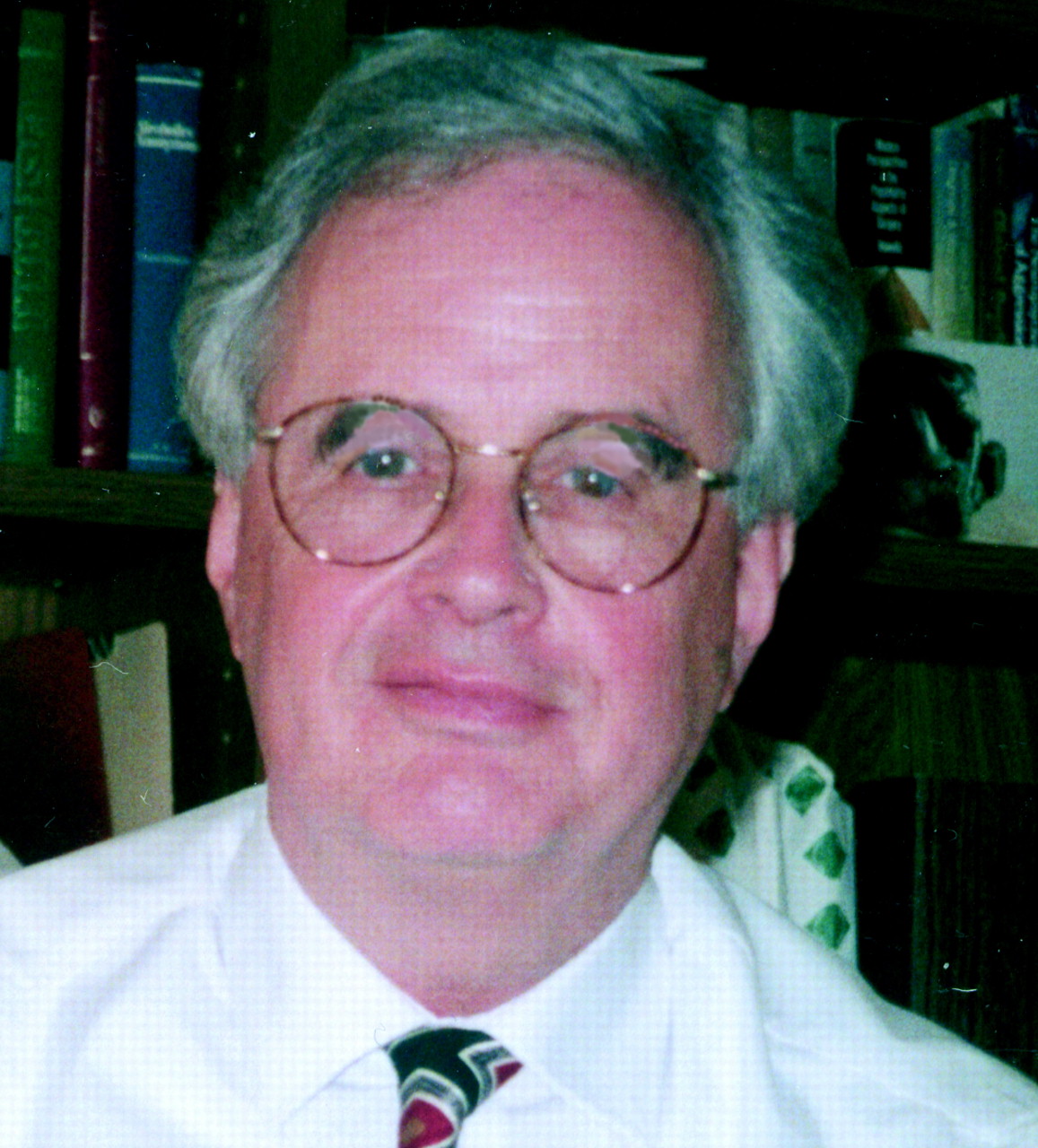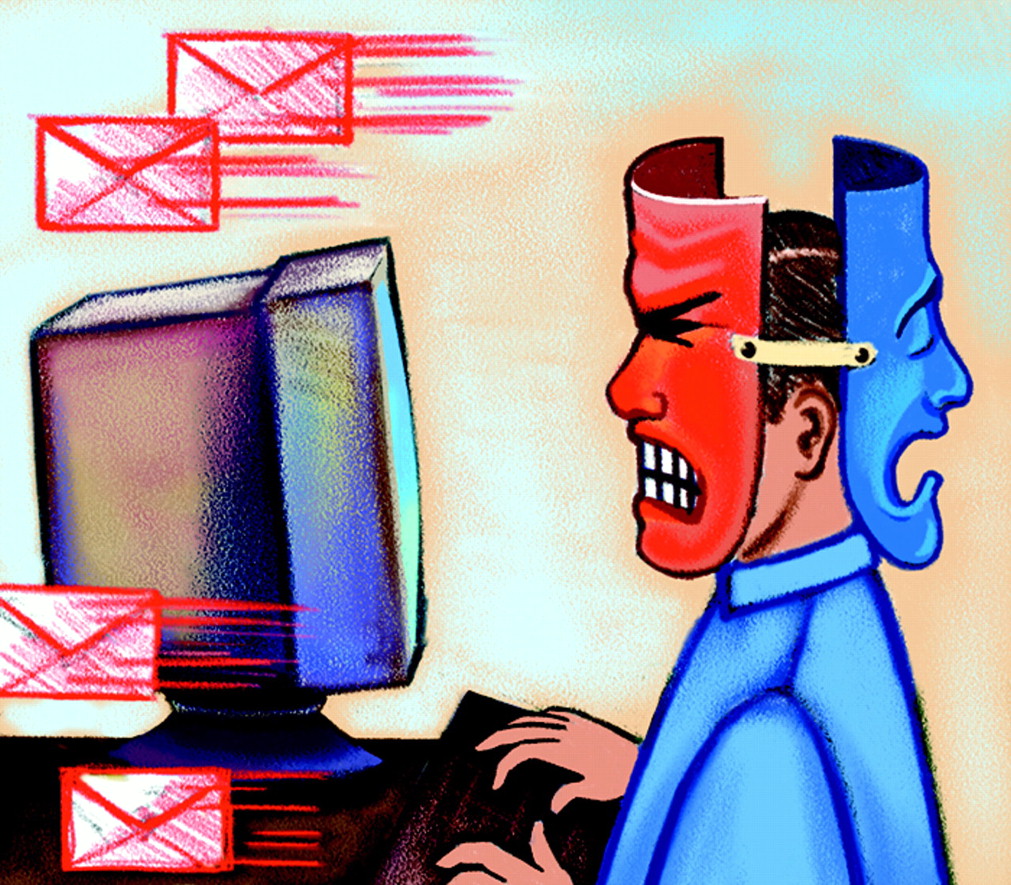E-Mail’s Beauty Releases Beast in Some People

John Lion, M.D.: “People with impaired social judgment are prone to the temptations of the keyboard.”
When assessing threatening or criminal behavior, a clinician should routinely review the person’s e-mail, said Lion at the annual meeting of the American Academy of Psychiatry and the Law in Vancouver in October.
After one college student shot and killed another, for example, college officials learned the two had exchanged hundreds of e-mails over several months, sometimes several in a single day. As one withdrew from the relationship, the other expressed outrage, disappointment, and increasing desperation. While none of the messages included overt threats, Lion said, their volume and the crescendo of betrayal in the eventual perpetrator’s notes, in retrospect, might have drawn attention to the unhealthy relationship.

College administrators need to caution students to watch what they say in their e-mails, he said, and remind them that e-mail messages are public documents.
In another instance, a professor e-mailed a protest note to a journal editor who had rejected his paper, saying, “Perhaps I should send you a letter bomb.” The editor contacted the professor’s dean. The faculty member acknowledged his error and apologized profusely, citing marital stress that he felt had precipitated his outburst.
After receiving increasingly unfavorable job evaluations, a worker resigned from his job. He then set up a Web site cataloging complaints against his former employer, particularly his supervisor, whom he threatened to sue for treating him unfairly. The employer worried about the man’s potential for committing physical violence. But in threatening legal action, Lion said, the man translated his rage into socially acceptable—albeit irritating—behavior. He never did file a lawsuit.
“People with impaired social judgment are prone to the temptations of the keyboard,” Lion said. Because people write e-mail quickly, he added, their messages, along with their Web sites, offer windows into their thought processes the clinician might not otherwise see.
People compose e-mail when they’re alone, making the experience conducive to a fantasy of privacy. But e-mail is more akin to shouting through a megaphone, he said, than to ordinary letter writing. To send a letter by regular mail, you have to compose it, print it, address an envelope, put a stamp on it, and take it to a mailbox. The process takes effort and time that permit cooler thoughts to surface.
E-mail also lacks feedback that ordinarily shapes interpersonal relationships. When talking face to face, people typically utilize eye contact, facial expression, tone of voice, body language, and so on to guide what they say and do. “Some people find such demands burdensome,” Lion said. “E-mail relieves them of this pressure.”
Real-time interaction occurs on the Internet in chat rooms. People with predatory instincts, Lion said, often gravitate to sexual chat rooms. In one, an older man struck up a conversation with a chat room visitor who identified herself as a 14-year-old girl. The man quickly began to ask sexual questions and describe behaviors in which the girl expressed interest but no commitment, actually saying very little. The two made plans to meet at a food court in a shopping mall. When the man showed up, he was arrested. The “girl” was an FBI agent. On searching the man’s car, FBI agents found an assortment of sexual paraphernalia, including films, handcuffs, and a blindfold.
In another case involving exploitation of a minor, Lion said, the FBI found the perpetrator had more than 10,000 photographs of various types of sexual activities, all catalogued. “I’m amazed that the victims do not show more suspiciousness,” Lion said, “and that perpetrators do not show more wariness. When caught, the perpetrator often says, ‘I was a fool. What was I thinking?’”
Clinicians should ask about computer use, Lion said, when they evaluate or treat people who are unable to express emotions, such as those with schizoid personalities or people predisposed to poor impulse control, including those with histrionic personalities or organic dysfunction. People who are mentally compromised should be restrained from using e-mail, he asserted, in the same way that patients in psychiatric hospitals who abuse phone privileges lose them.
Victims of stalkers often wonder whether to change their phone number or e-mail address, Lion said, or keep it so the stalker can be located. If a stalker is using the phone, he said, one generally tries to put impediments between that person and the victim. An answering machine, for example, provides evidence that may be used later in court. With e-mail, he said, the clinician should encourage the victim to save messages and try to identify words that have charged value or special significance. Analyzing the e-mails also may help some victims confront their own denial of the dangers of continuing a relationship with the person harassing them. ▪



